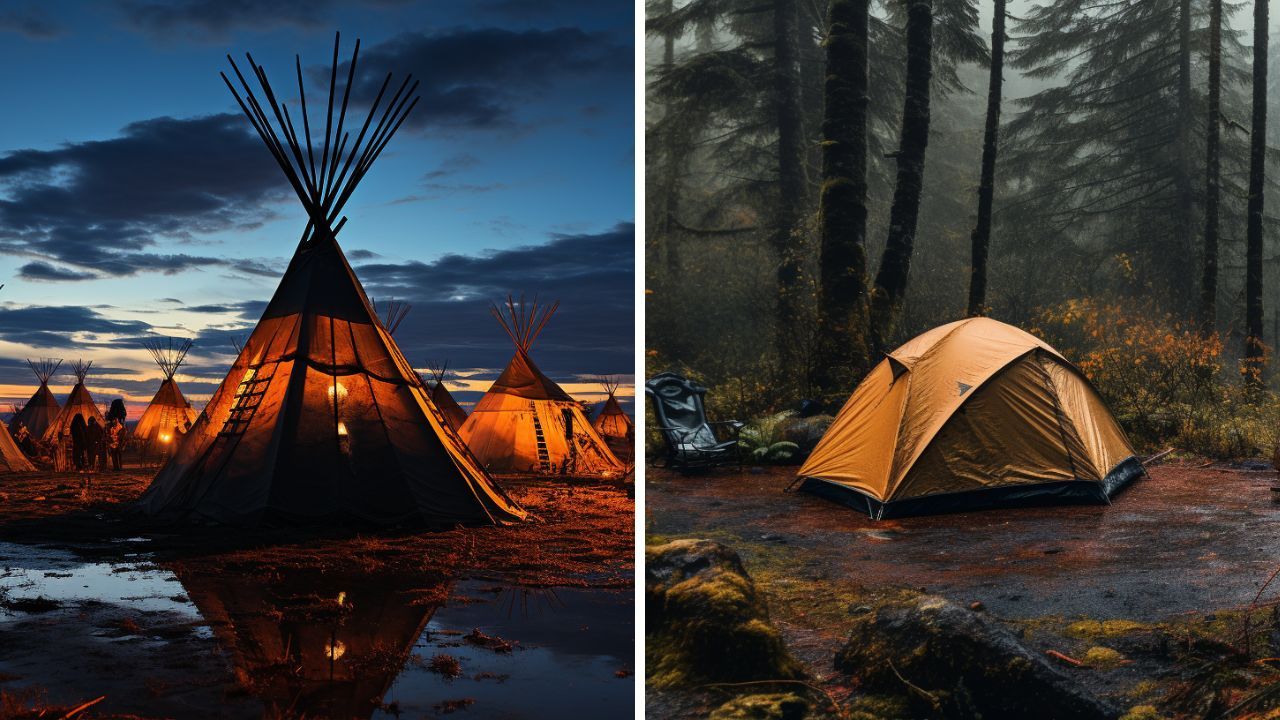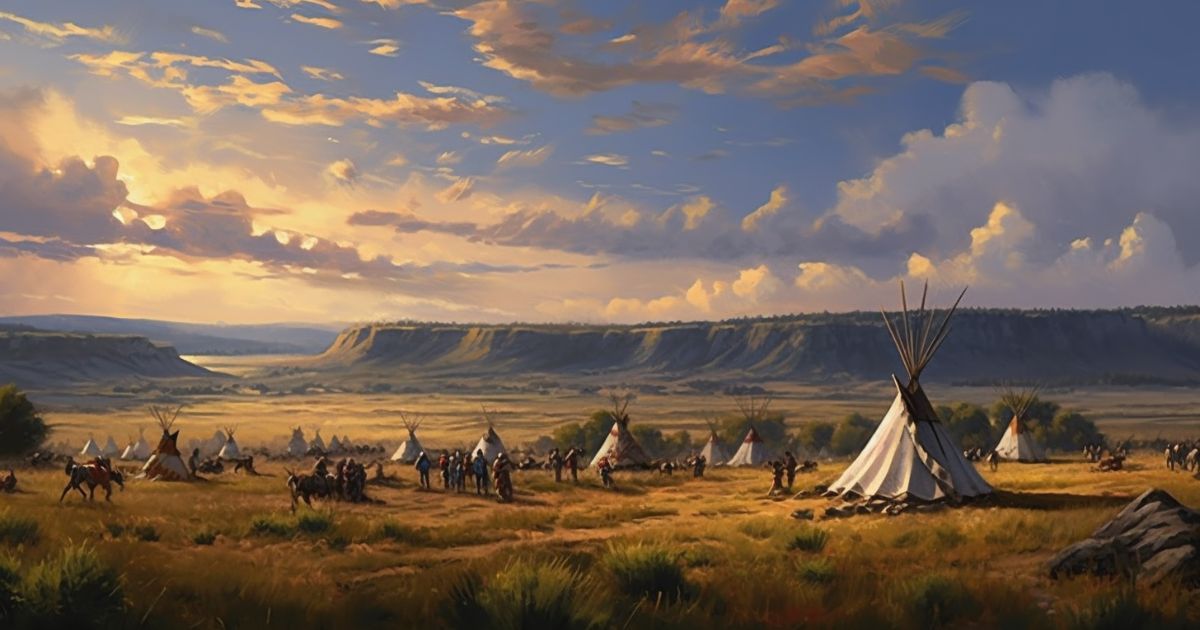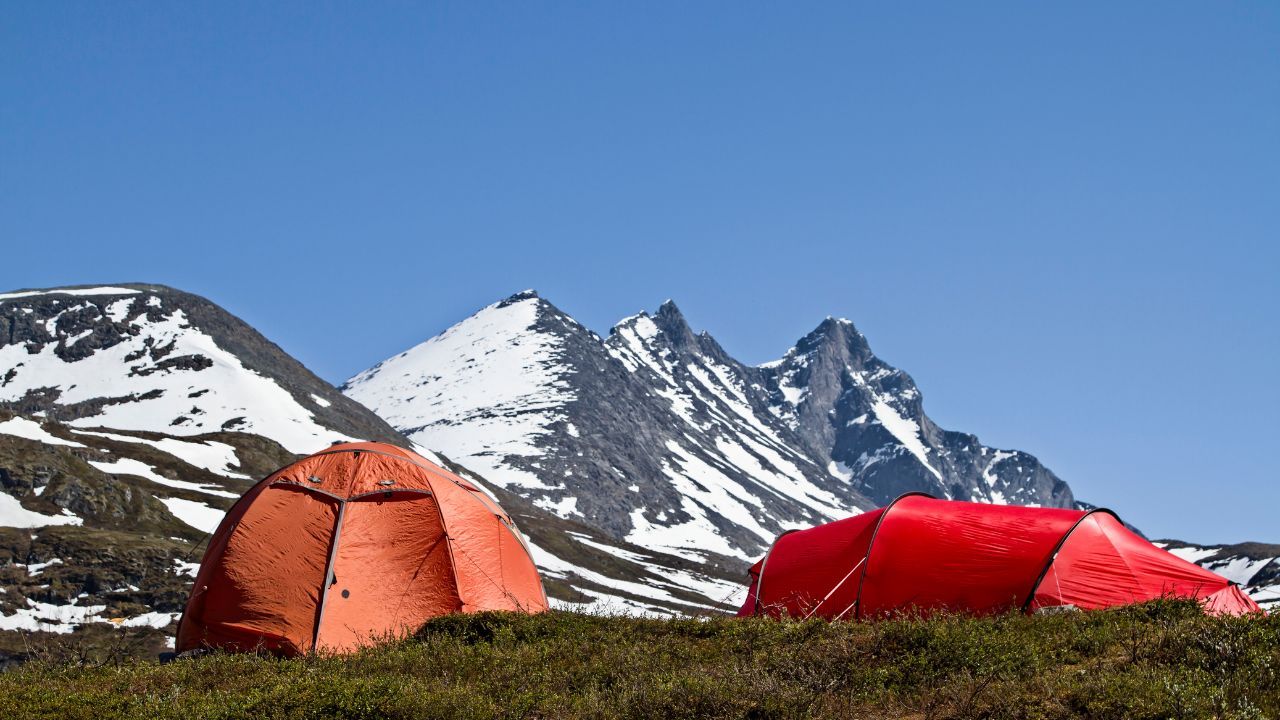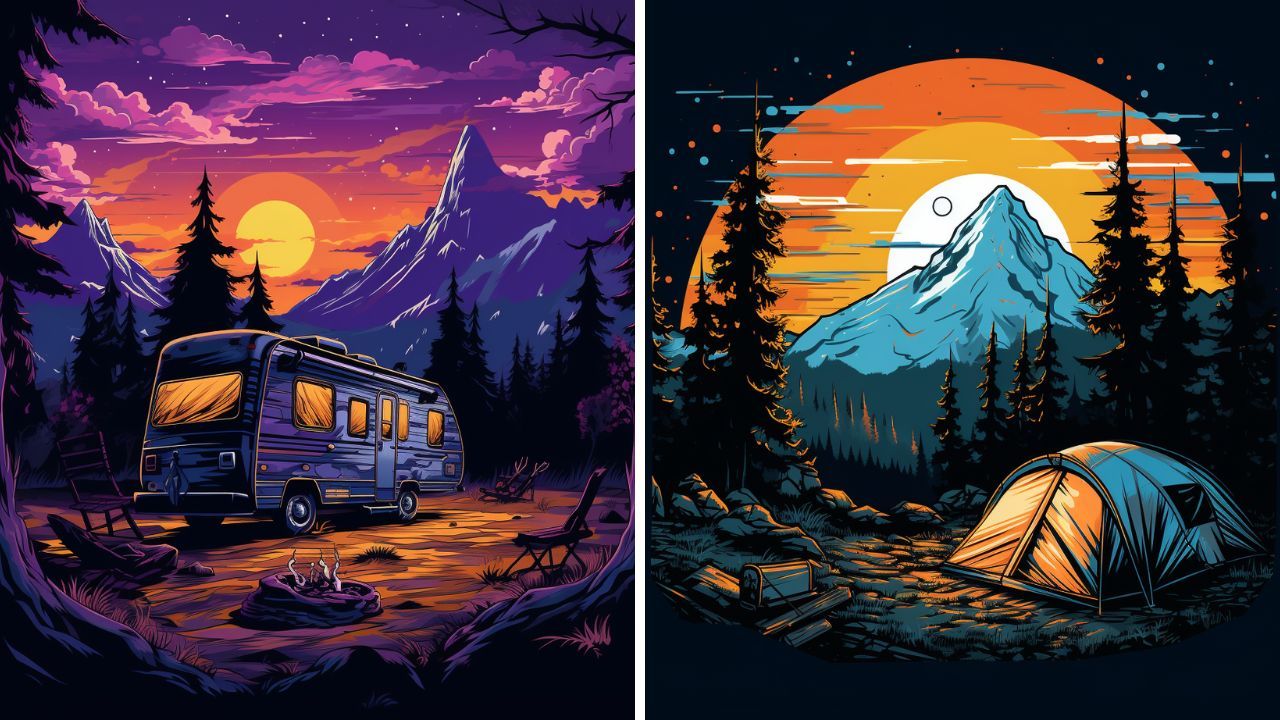
Teepee vs Tent: Understanding the Differences
Teepee vs Tent: Which is the Perfect Shelter for Your Outdoor Adventures? Discover the Pros and Cons Today!
You've probably found yourself at some point pondering the age-old question: teepee or tent?
Okay, maybe not age-old, but it's certainly a relevant query for outdoor enthusiasts, history buffs, or anyone planning a camping trip.
Both have their own unique charm and practical advantages. But to truly appreciate these iconic structures, we need to delve into their historical roots and understand how they've evolved over time.
So, let's embark on this journey of discovery together. We'll trace the origins of the teepee from the vast plains of North America to the modern market where they've found new life.
Disclosure: We only recommend things we’ve personally used or come highly recommended by trusted peers. Using one of our referral links might give us a small commission which helps support this website at no additional cost to you. If you’d like to learn more check out our disclaimer page.
The Historical Roots of Teepees

Origin of Teepees in North America
The teepee, also spelled "tipi", is deeply rooted in North American history. The word "tipi" originates from the Lakota language and means "they dwell."
It was the dwelling of choice for many Native American tribes, particularly those living in the Great Plains and prairie regions.
These tribes were often nomadic, so they needed a home that was easy to set up, take down, and transport. Enter the teepee.
Cultural Significance of Teepees in Native American Societies
In Native American societies, the teepee was more than just a shelter—it was a symbol of family life and spiritual belief.
Its circular base represented the earth and the circle of life, while the conical shape pointed towards the heavens. Even today, the teepee remains a powerful cultural symbol for many Indigenous peoples.

Additionally, the teepee serves as a ceremonial space, embodying traditions, storytelling, and rituals passed down through generations.
Its construction and arrangement often carry sacred meanings, making the teepee more than just a shelter but a cultural emblem of heritage and identity.
Construction and Unique Design of Teepees
The construction of a teepee is a marvel of ancient engineering. It starts with a framework of long wooden poles arranged in a cone shape.

These poles were traditionally made from lodgepole pine, a tree species renowned for its straightness.
The frame was then covered with animal skins, such as buffalo hide, which provided insulation and protection from the elements.
Adaptation to Weather Conditions in North America
The teepee's design was perfectly adapted to the harsh weather conditions of North America.
Its conical shape allowed it to withstand strong winds, while a smoke hole at the top provided ventilation and an outlet for campfire smoke.
The entrance was typically oriented away from prevailing winds to keep the interior warm and cozy.
Current Uses and Best Teepees Available in the Market Today

Today, teepees are enjoying a resurgence in popularity. They're used in outdoor events, glamping, and even as fun play spaces for children.
Some of the best teepees on the market today include the DANCHEL Cotton Bell Tent, the OneTigris Smokey Hut Ultralight Hot Tent, and the Guide Gear Deluxe Teepee Tent.
These modern versions retain the classic design but use contemporary materials like canvas and synthetic fabrics for durability and water resistance.
The Long History of Tents: From Central Asia to Modern Campsites

Origin of Tents in Central Asia
Let's shift gears and journey to another part of the world: Central Asia. Here, in the vast steppes and rugged mountains, the tent was born.
Nomadic tribes in this region needed portable dwellings that could withstand the harsh climate and varied terrain, which led to the creation of the traditional yurt.
Evolution of Traditional Tents to Modern Tents
Fast forward a few thousand years and tents have evolved into the versatile shelters we know today. They've come a long way from animal skins stretched over wooden frames.
Nowadays, tents are made from lightweight, waterproof fabric, and can be set up in minutes. And instead of a single style, you have a whole catalog of designs to choose from.
Key Features of a Basic Tent

A basic tent usually consists of a few key components.
There's the central pole or poles that provide structural support. Guy ropes are used to secure the tent to the ground, providing stability in windy conditions.
And of course, there's the waterproof fabric that keeps you dry when the weather turns sour.
Oh, and let's not forget the ease of setup – modern tents are designed to be put together quickly and easily, even if you're not particularly handy.
Different Types of Tents
There's a tent style out there for every type of camper.
- Pop-up Tent: As the name suggests, these tents literally "pop up" when you take them out of their bag. They're super easy to set up and great for weekend camping trips.
- Backpacking Tents: For the more adventurous types, there are lightweight backpacking tents that can withstand harsh weather conditions while be easy to carry long distances.
- Cabin Tents: These tents offer ample space and generous headroom, making them perfect for family camping adventures. They embody a modern take on the traditional tent, providing both comfort and functionality.
- Dome Tents: Dome tents are popular due to their stability and easy setup. They're perfect for camping in windy areas due to better aerodynamics and low profile.
- Bell Tent: Very similar to a teepee in shape and design, bell tents are spacious and often used for camping glamping. They have a center pole, are usually made of canvas, and can be set up in minutes.
Current Uses and The Best Modern Tents Available in the Market Today
Today, tents are used for everything from mountaineering expeditions to backyard sleepovers.
Some of the best modern tents on the market include the Coleman Sundome Tent, the MSR Hubba Hubba 2-Person Lightweight Backpacking Tent, and the Kodiak Canvas Flex-Bow Deluxe 8-Person Tent.
Teepee vs Tent: A Comparative Analysis

Space and Comfort
When it comes to space and comfort, both teepees and tents can accommodate large groups.
However, the conical shape of a teepee often provides a more spacious interior. The sloping walls of most tents mean that usable space decreases as you move away from the center.
Weather Resistance
In terms of weather resistance, the teepee's unique design allows it to withstand high winds.
The option to use a heat source or wood stove also makes it a great option for colder climates.
Tents, on the other hand, are typically made from waterproof fabric and are better suited for wet weather conditions.
Design and Setup
Setting up a teepee involves erecting a single pole structure, while setting up a tent can involve multiple poles and guy ropes. This can make teepees easier to set up, but they also require more space due to their conical shape.
Portability
For long distances and car camping, the compact pack-size of modern tents often gives them the edge in portability. Teepees, while not as easily transportable, offer a more unique and spacious camping experience.
Durability
When it comes to durability, the lifespan of a teepee made with traditional materials such as animal skins can be quite long. Most of the teepees on the market today are made with cotton canvas which is thick and durable.
Modern tents, made from synthetic materials, are also quite durable but may deteriorate faster with exposure to the elements.
As we can see, both teepees and tents have their strengths and weaknesses. But remember, the best choice depends on your specific needs and preferences. So whether you're a fan of the traditional teepee or the modern tent, happy camping!
The Impact of Design on Usage

How the Conical Shape of a Teepee and the Design of a Tent Cater to Different Needs
The design of a dwelling isn't just for aesthetics – it serves a functional purpose.
The conical shape of a teepee, for example, is perfect for shedding wind and rain. Its tall structure also allows for a central fire, providing warmth and a place to cook.
On the other hand, the more compact and diverse designs of modern tents cater to a variety of needs. Whether you're solo backpacking or camping with a large family, there's a tent design out there for you.
Comparison of Ventilation
Ventilation is crucial in any shelter. The opening at the top of the teepee not only lets smoke out but also promotes airflow, keeping the interior fresh.
Modern tents often incorporate mesh panels and multiple doors to promote cross-ventilation, which helps to manage condensation and maintain a comfortable temperature inside.
The Role of Outer Walls in Teepees and Tents
The outer walls of both teepees and tents play a crucial role in protection from weather conditions. They shield you from wind, rain, and provide privacy.
Plus, the space between the ground and the outer wall can serve as a handy spot for storing muddy boots!
The Evolution of Tents and Teepees in Popular Culture
Representation of Teepees and Tents in Media and Literature

Teepees and tents have found their way into our books, movies, and TV shows, often symbolizing adventure, freedom, and a connection with nature.
From children's literature (think Peter Pan's Neverland) to survival TV shows like Man vs Wild, these shelters are woven into our cultural fabric.
The Rise of Glamping and the Use of Luxury Teepees and Bell Tents

With the rise of glamping (glamorous camping), luxury teepees and bell tents have become increasingly popular, particularly among festivalgoers.
They offer a unique blend of comfort and closeness to nature, often equipped with amenities like beds, electricity, and even air conditioning!
Final Thoughts
As we've journeyed through the history and evolution of teepees and tents, we've seen how these simple structures have adapted to meet the changing needs and desires of people across time and cultures.
From the native tribes of North America to the modern-day camper, these shelters have provided protection, comfort, and a sense of home.
The best choice depends on your specific needs, preferences, and the environment you'll be in for your outdoor adventure.
Whether you opt for the conical elegance of the teepee or the compact versatility of a tent, remember: It's not just about where you sleep at night, but the experiences and memories you'll make along the way. Happy camping!
Before You Go...






